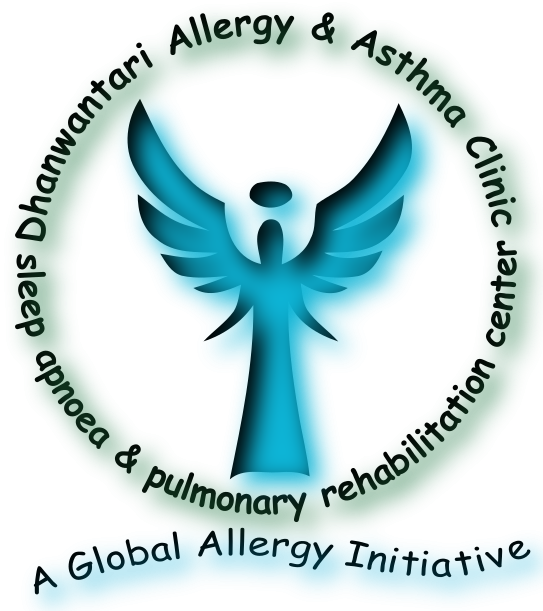Sleep apnoea is a condition where “apnoea” happens during your sleep!
For definition purpose it includes episodes of both apnoea & hypopnoea.
Apnoea is where breathing just stops whereas hypopnoea is where breathing is only slowing down than normal range.
Pathophysiology: airway gets compromised by soft palate or tonsils.
Type- 1: Central sleep apnoea- signal from brain is reduced.
Type- 2: Obstructive sleep apnoea- Obesity narrows the airway.
Type-3: Mixed variety.
Risk factor: Obesity, increased neck circumference
Symptoms: snoring, increased day time sleep, tiredness. You may doze off while driving/watching tv/reading/on slightest time of relax!
Screening: Berlin’s questionnaire
Diagnosis: by polysomnography test also called sleep study.
Treatment: use of CPAP device, weight reduction. Surgical intervention may be required in selected cases.
Prognosis: is good if you are in regular follow up else can result in hypertension, diabetes, cardiac problems like heart attack, neurological problems like stroke.
When to suspect: when you have 3 or more than 3 diseases or you are on 3 or more than 3 drugs for a single disease! When you have no other reason to explain the cause of uncontrolled disease, sleep study should be performed.
Sleep study: different sensors are attached to your body and parameters are recorded while you sleep. SpO2 (oxygen level), limb movement, body movement, movement of your eyes, respiratory rate, heart rate etc are measured. Effect of the disease on these parameters are checked to consider the severity.
AHI: Apnoea Hypopnoea Index. It’s the average sum of apnoea+hypopnoea per hour of your sleep. AHI of more than 5 confirms presence of the disease. More the AHI value- more severe is your disease.
Patho chemistry: during the episode of compromised breathing- blood oxygenation is reduced- SpO2 value falls. As vital organs can’t function optimally without optimal oxygen level- the only option they are left with is to increase the blood flow. An increased rate of flow of blood of lesser oxygen concentration can provide the required oxygen level to organs. The dormant blood channels get opened or new ones are formed . It’s like you using bypass or inner roads to reach your destination in case of traffic jam on main highway! As organs start the process of neo-vascularisation (new blood vessel formation)- they release chemicals/ oxidants resulting in organ damage. Depending on the organ getting damaged- signs & symptoms develop.
Titration study: is done to measure the air pressure which is sufficient to prevent at least 80% of apnoea episodes without a discomfort.
Follow up: when ever you get recurrence of symptoms/ development of new symptoms/ no relief in symptoms/ as asked by your doctor.
CPAP device: Continuous Positive Airway Pressure delivered by a device to keep open your airways to prevent the episodes of apnoea. It reduces the further progress of your disease.
How long to use CPAP: every single night you go to sleep- life long. Unless you have a surgically correctable cause. Are you risk free after starting CPAP use: No. regular follow up is needed. The damage already done to organs may manifest later. Follow up titration study is done to determine the best air pressure required. Life style modification, symptomatic treatment, removal of underlying causes if any.
Can it be fatal: Yes. You not only need to use CPAP but also be in constant touch of your treating doctor.
Who treats sleep apnoea: pulmonologist/ neurologist/allergist/ or any physician/paediatrician with interest in sleep related disorders.
Where to follow up: ideally where your condition was diagnosed or any centre with facility of sleep study. Questionnaires are good for screening purpose only. They can’t be used for diagnosis or follow up.










